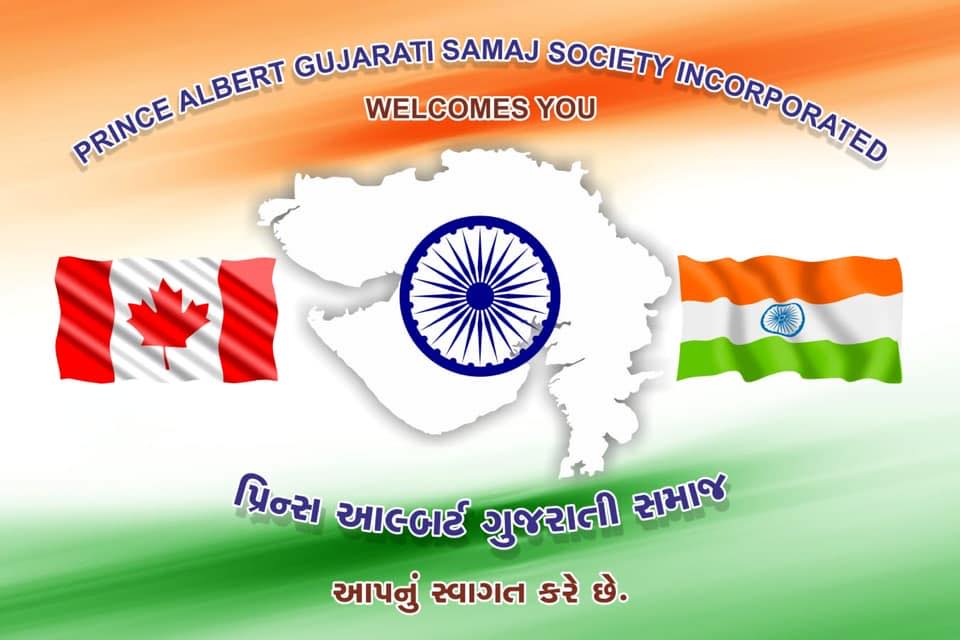Garba and Dandiya Raas (Navratri)
- Description: These are traditional dance forms performed during Navratri, a nine-night festival honoring the goddess Durga.
- Garba involves circular dances with rhythmic clapping, and it is often performed around a central lamp or deity.
- Dandiya Raas is a lively dance where participants use colorful sticks (dandiyas) to tap them together in sync with the music.
- Significance: Both dances symbolize the victory of good over evil and are an expression of joy, community, and devotion.
Ghar Wali Pooja (Diwali)
- Description: During the Diwali festival, families set up small altars in their homes for a pooja (prayer) to honor Lord Ganesha, Lakshmi, and other deities.
- Activities: People decorate their homes with oil lamps (diyas) and rangolis (colored patterns on the floor), offer prayers, and enjoy festive meals.
- Significance: Diwali is the celebration of light over darkness, and the pooja is a ritual to invite prosperity and happiness into the home.
Fasting and Feasting (Karva Chauth and Ekadashi)
- Description: Many Gujaratis observe fasting on special days such as Karva Chauth (observed by married women for the well-being of their husbands) or Ekadashi (a day of fasting for spiritual cleansing).
- Activities: The fasting is accompanied by prayers, social gatherings, and feasts after breaking the fast, often in the company of friends and family.
- Significance: These fasts are believed to purify the body and mind, and they hold deep cultural and spiritual meaning.
Varaat and Varmala (Wedding Ceremonies)
- Description: Traditional Gujarati weddings are full of cultural activities. One of the most important is the varaat (the groom’s procession), where the groom arrives at the bride’s house with his family and friends, followed by a wedding ceremony that includes varmala (the exchange of garlands).
- Activities: The wedding celebration includes music, dance, rituals, and feasts. Songs like “Mehndi”, “Sangeet”, and “Dhol”, featuring folk and classical Gujarati tunes, are an integral part of the event.
- Significance: The wedding represents the union of two families and marks an important milestone in the community.
Makar Sankranti (Kite Festival)
- Description: This festival, celebrated around January 14th, involves flying colorful kites, known as patang. It’s a festival that marks the transition of the sun into Capricorn, signifying the end of winter.
- Activities: People engage in kite-flying competitions, make traditional foods like undhiyu (a vegetable dish) and tilgul (sesame sweets), and exchange sweets.
- Significance: Makar Sankranti celebrates the harvest season and the changing of the seasons, symbolizing the arrival of longer days.
Rath Yatra (Chariot Festival)
- Description: The Rath Yatra is an annual procession held in the city of Ahmedabad (and other places) in honor of Lord Jagannath.
- Activities: Devotees pull large chariots carrying statues of Lord Jagannath, Balabhadra, and Subhadra. The festival includes devotional singing, dancing, and a sense of collective spirituality.
- Significance: The festival is a display of faith and devotion and celebrates the journey of the Lord Jagannath to his maternal aunt’s house.
Bhajan and Kirtan (Religious Singing)
- Description: Spiritual music is an integral part of Gujarati culture, especially during religious festivals. Bhajans (devotional songs) and kirtans (narrative songs) are sung to praise deities.
- Activities: Devotees gather in temples or homes to sing these devotional songs, often with clapping or rhythmic music. This may be followed by prayer and offerings to deities.
- Significance: Bhajans and kirtans help strengthen the community’s faith and provide an opportunity for emotional connection to the divine.
Dussehra (Vijayadashami)
- Description: This festival marks the victory of Lord Rama over the demon king Ravana. It is celebrated with large processions and a dramatic re-enactment of the Ramayana.
- Activities: In some areas, huge effigies of Ravana are burned, symbolizing the triumph of good over evil. People also visit temples and offer prayers.
- Significance: It is a day for spiritual renewal, moral reflection, and celebrating righteousness.
Gujarati Folk Dance and Music (Sangeet)
- Description: Folk dance and music are integral parts of Gujarati celebrations, and they reflect the culture’s rich diversity.
- Activities: Performances include traditional folk dances such as Garba, Dandiya Raas, Bhavai, and Tungri, accompanied by instruments like dhol, tabla, and harmonium.
- Significance: These activities allow Gujaratis to express their culture and celebrate life with music and movement.
Holi (Festival of Colors)
- Description: Holi is a festival of colors that marks the arrival of spring. It is widely celebrated in Gujarat, with people throwing colored powder at each other.
- Activities: People gather in open spaces or their homes, splash water and colors, and celebrate with sweets and festive food.
- Significance: The festival symbolizes the triumph of good over evil, and is a celebration of love, unity, and the coming of a new season.
These activities serve to promote unity, spirituality, and cultural pride within the Gujarati community.
